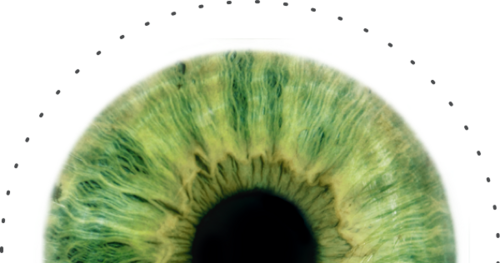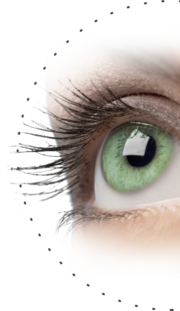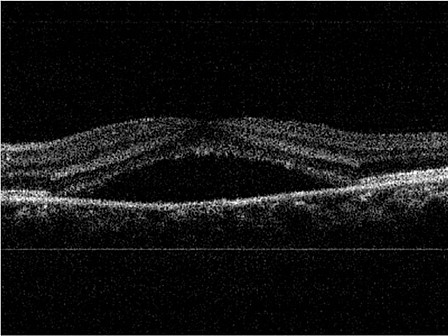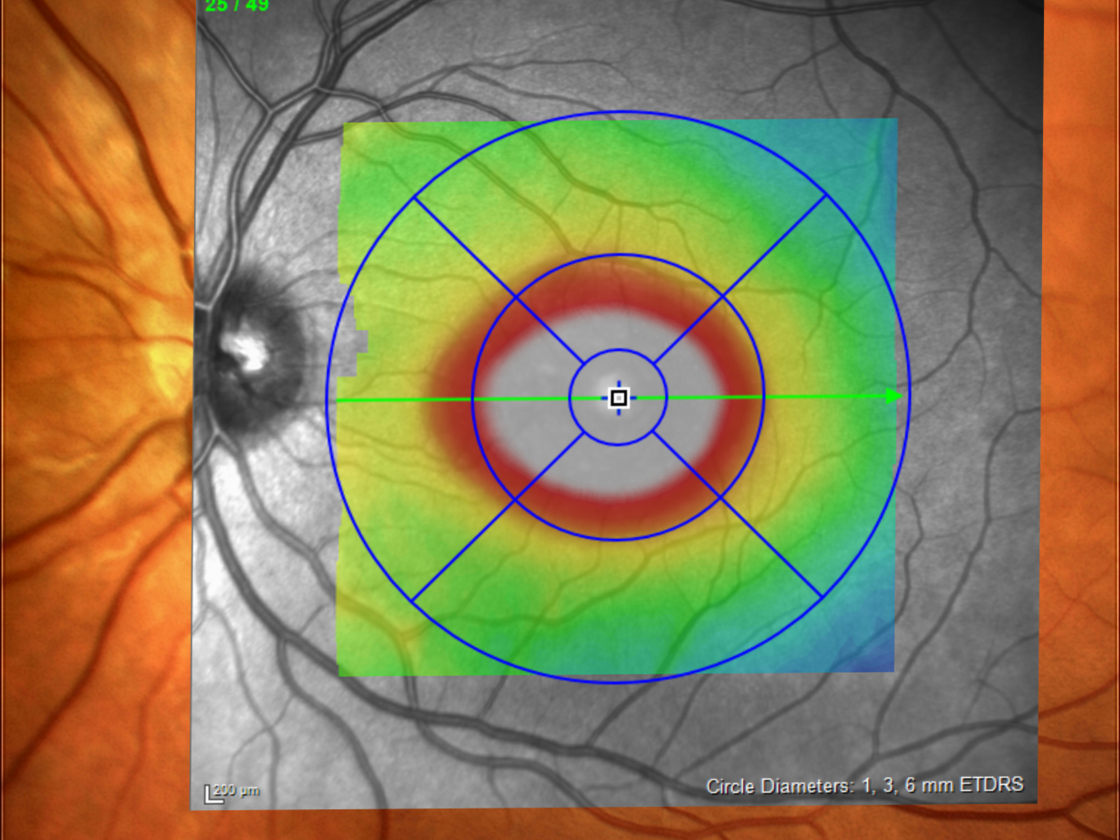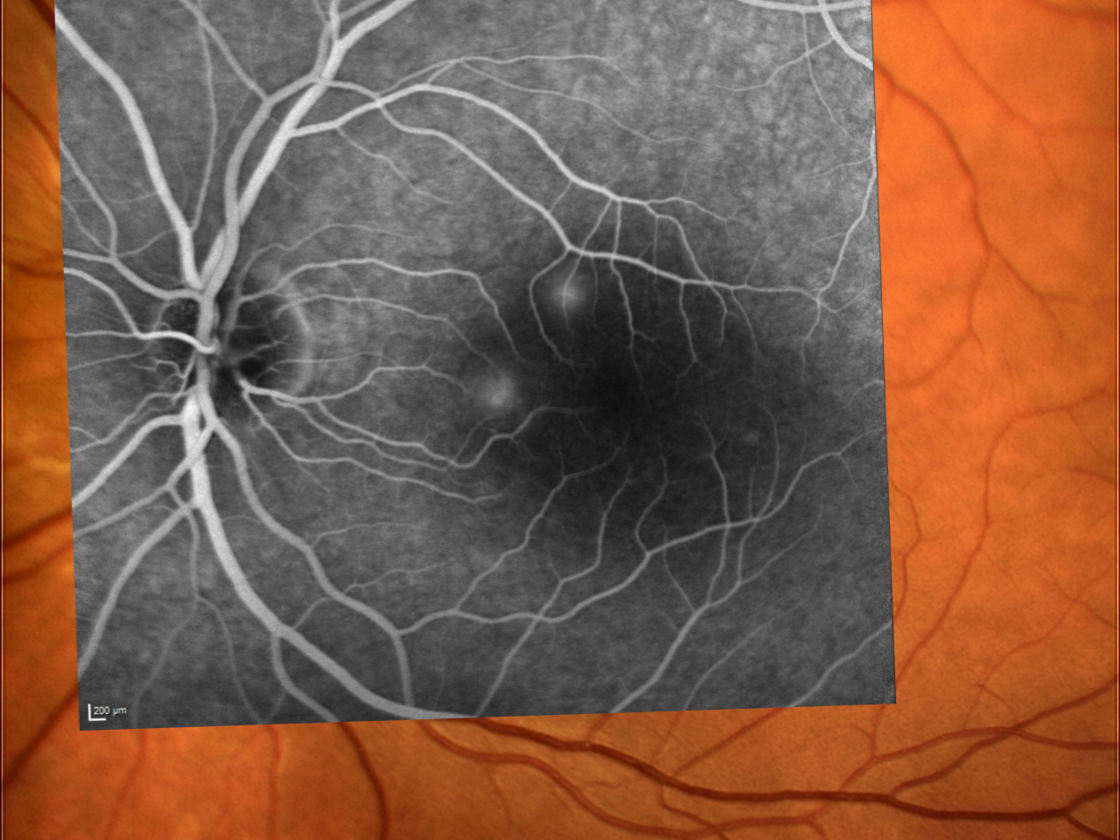Central serous chorioretinopathy
Laser treatment for retinal stress
Burnout disease is treatable.
Central serous chorioretinopathy is an eye disease which primarily affects middle-aged people. It involves the collection of fluid under the retina. If this does not revert spontaneously, visual disturbances occur. The illness will then require treatment.
